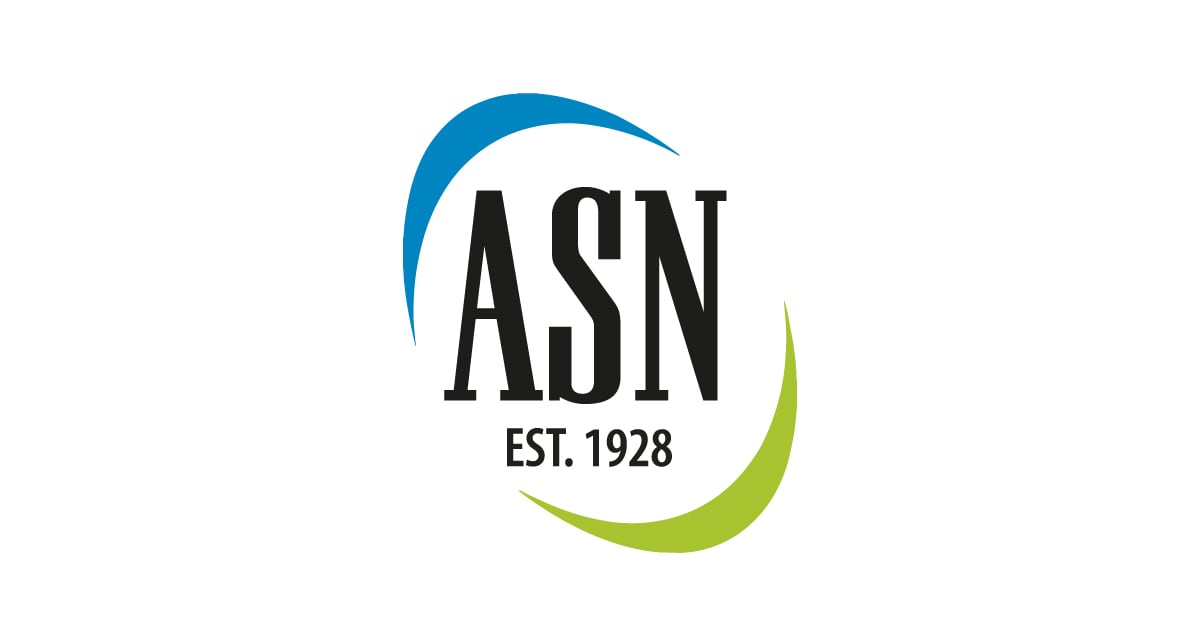The prevalence of iron deficiency and iron deficiency anemia in low- and middle-income countries is relatively high, in part, because of the reliance upon plant-based diets that result in insufficient intake of bioavailable iron. Biofortification of staple food crops is one developing approach to increase food iron content. Efforts are under way to increase iron concentration in potatoes and sweet potatoes. However, little is known about the bioavailability of iron from these regular and biofortified food sources. Jongstra and colleagues conducted two studies to address this void in our understanding and they report their results in the December 2020 issue of The Journal of Nutrition.
Two randomized studies were conducted during which reproductive aged women consumed multiple meals containing regular or biofortified potatoes (in Peru, n=35) or sweet potatoes (in Malawi, n=24). Subjects consumed either the regular or biofortified meal for 2 weeks and were then crossed over to the other variety for 2 weeks. Iron absorption was measured using 57Fe or 58Fe incorporated into the test meals. Incorporation of the labeled iron was measured in erythrocytes 14 days after completion of each test meal sequence.

Fractional iron absorption from the biofortified orange-fleshed sweet potato was slightly higher than the regular sweet potato, which resulted in a 1.9-fold higher total iron absorption from the biofortified sweet potato. Although the biofortified Andean blue-potato had higher iron content than the yellow potato, the fractional iron absorption was higher from the yellow potato (28%), which led to the total amount of iron absorbed being similar between the two. The authors concluded that both potatoes provided approximately 33% of the iron requirements, whereas the biofortified sweet potato provided 18% of the total iron requirement. Their observations suggested to them that high polyphenols were a major inhibitor to iron absorption.
In a commentary on this article, Hurrell indicates the detection of higher than expected iron absorption from potatoes is a positive outcome of the study, but he points out that diet diversity is necessary to ensure iron requirements are met. He concludes that post-harvest fortification remains an important program to increase iron consumption, which is needed to decrease iron deficiency and iron deficient anemia.
References
Hurrell RF. Iron biofortified potatoes; Every little bit helps. The Journal of Nutrition, Volume 150, Issue 12, December 2020, Pages 3051–3052, https://doi.org/10.1093/jn/nxaa311.
Jongstra R, Mwangi MN, Burgos G, Zeder C, Low JW, Mzembe G, Liria R, Penny M, Andrade MI, Fairweather-Tait S, Felde TZ, Campos H, Phiri KS, Zimmermann MB, Wegmüller R. Iron absorption from iron-biofortified sweetpotato is higher than regular sweetpotato in Malawian women while iron absorption from regular and iron-biofortified potatoes is high in Peruvian women. The Journal of Nutrition, Volume 150, Issue 12, December 2020, Pages 3094–3102, https://doi.org/10.1093/jn/nxaa267.
Images via canva.com.





